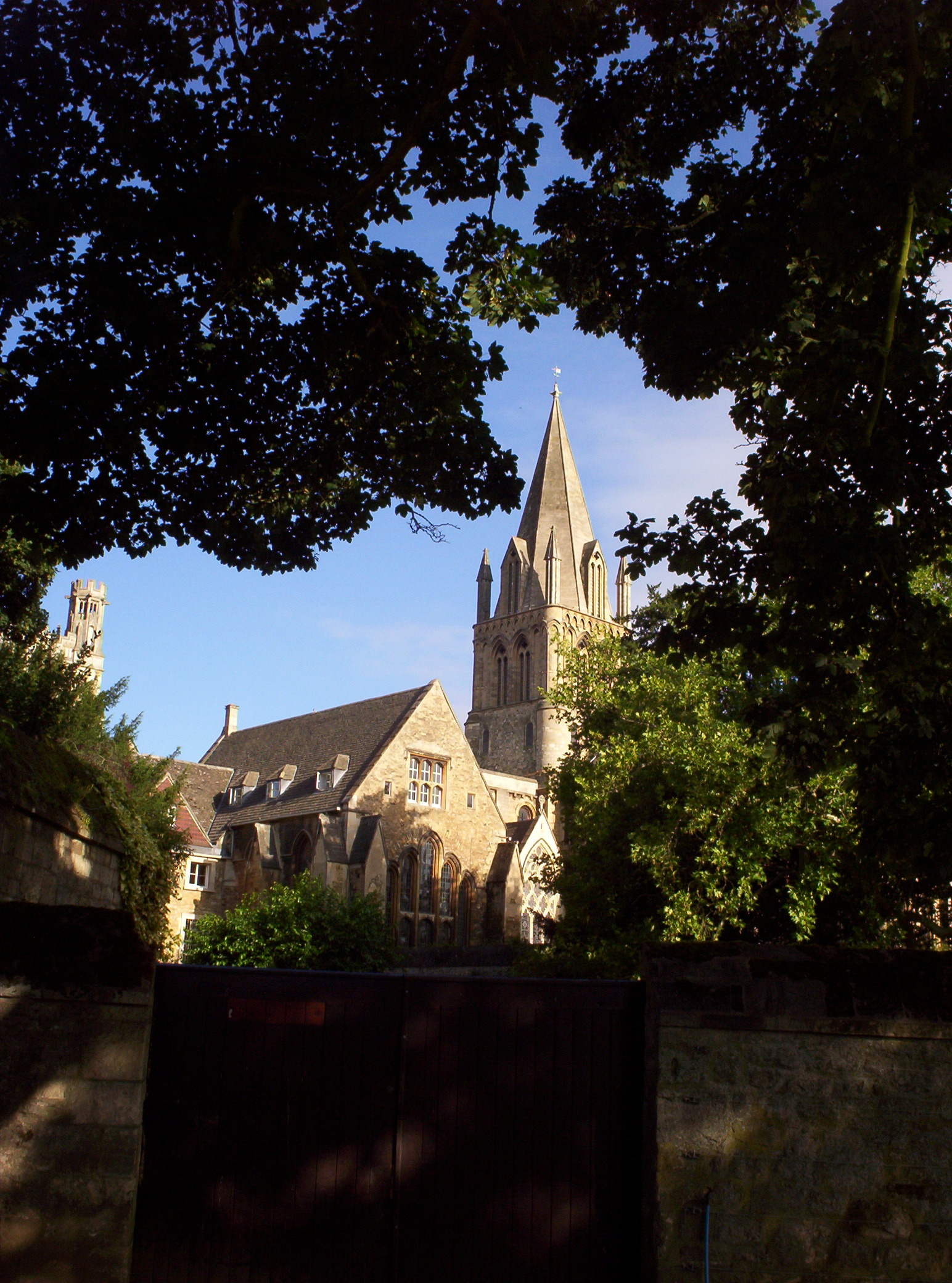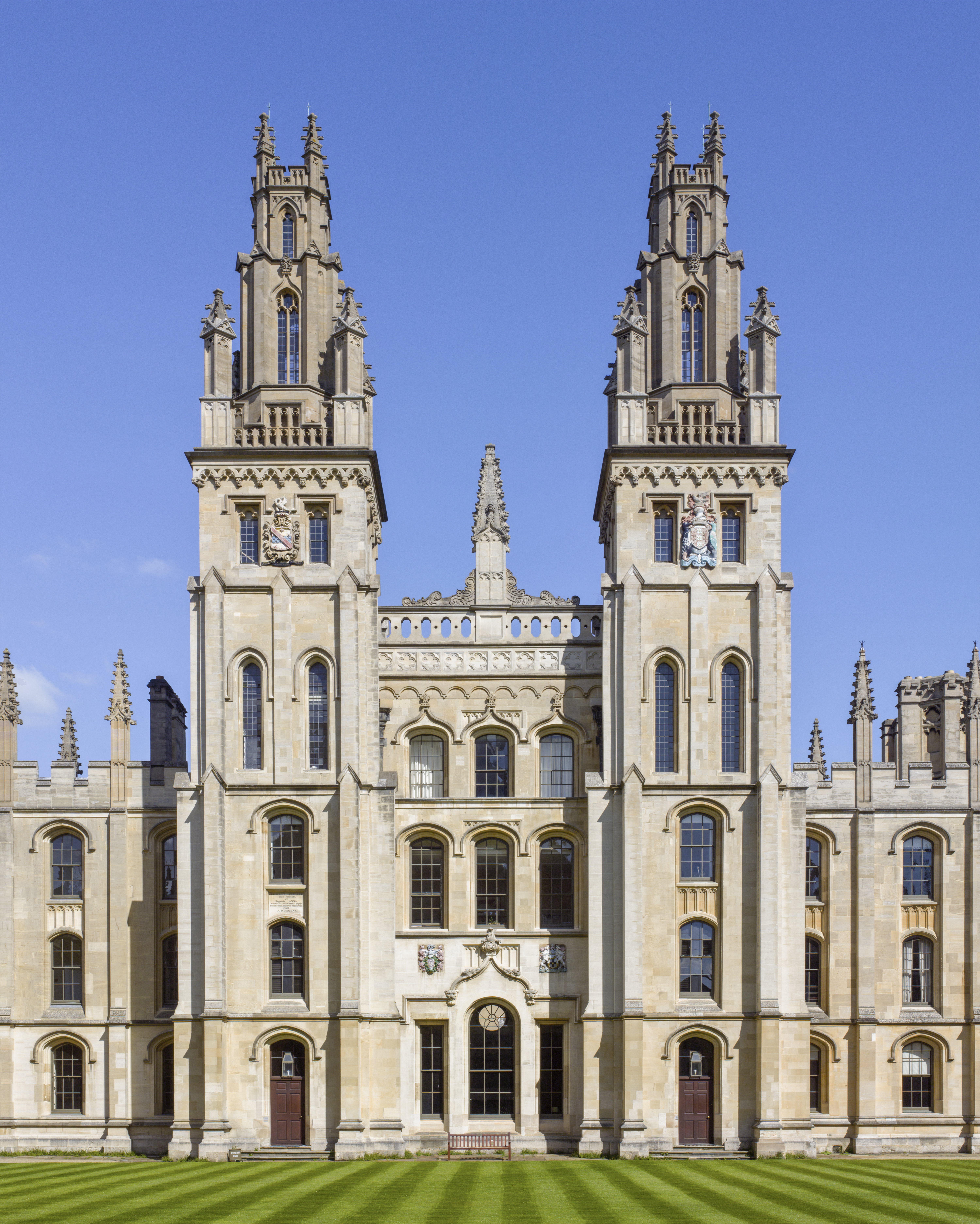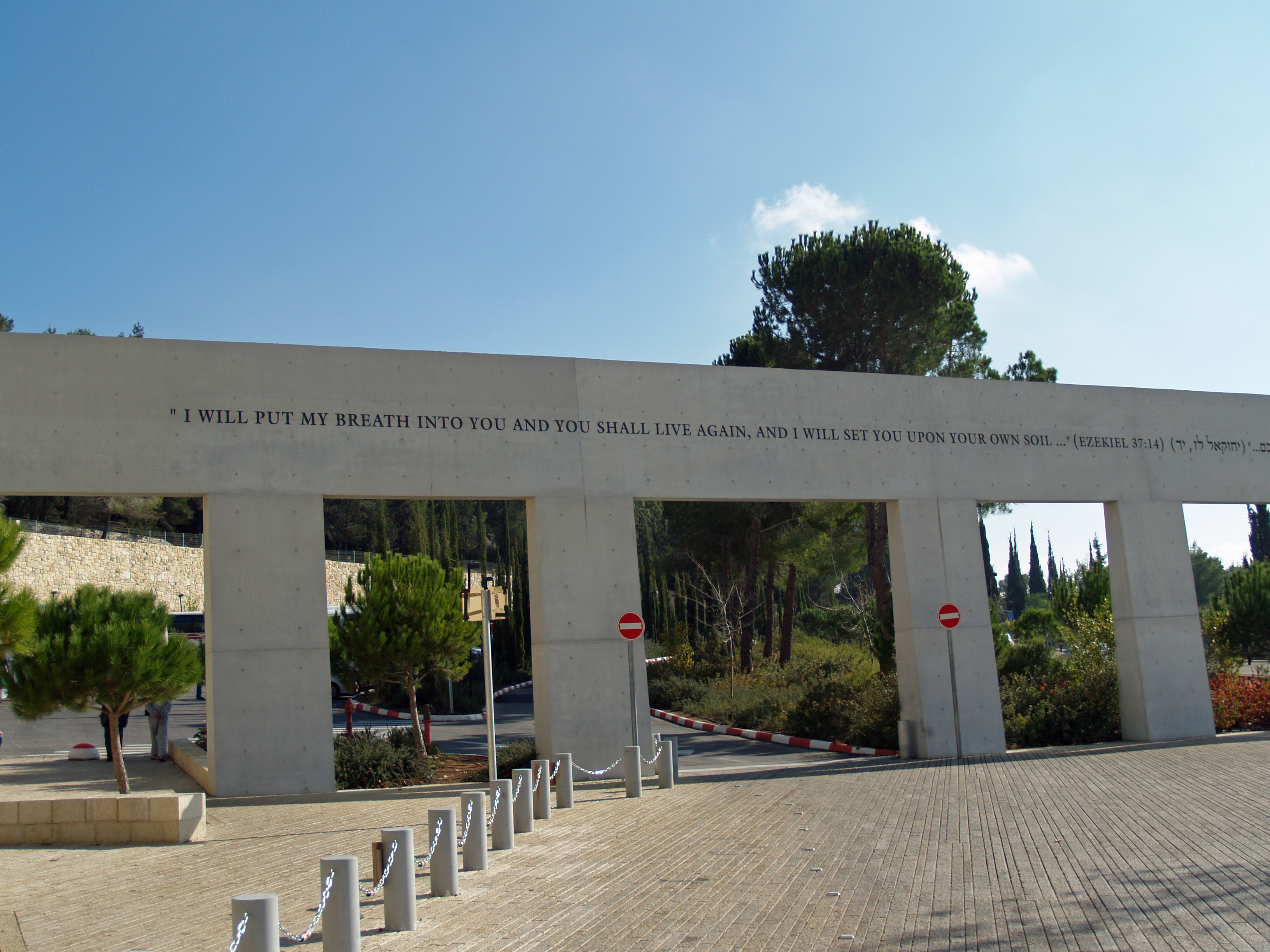|
Robert Of Cricklade
Robert of Cricklade (–1174×79) was a medieval English writer and prior of St Frideswide's Priory in Oxford. He was a native of Cricklade and taught before becoming a cleric. He wrote several theological works as well as a lost biography of Thomas Becket, the murdered Archbishop of Canterbury. Life Robert was from Cricklade in Wiltshire and was of Anglo-Saxon descent. At some point, he taught in the schools, where he was called "master" for his learning. He became an Augustinian canon at Cirencester Abbey before becoming prior of the priory of St Frideswide in Oxford, an office he occupied from sometime before the end of 1139, when he is first securely attested in the office, until after 1174, his last appearance as prior. In 1158 he went to Rome, extending his travels to Sicily and Paris on the same trip. Another trip was to Scotland in the 1160s. Possibly he also traveled to Rome in 1141 and Paris in 1147, but these trips are not securely attested. Although earlier histo ... [...More Info...] [...Related Items...] OR: [Wikipedia] [Google] [Baidu] |
St Frideswide's Priory
St Frideswide's Priory was established as a priory of Augustinian canons regular, in 1122. The priory was established by Gwymund, chaplain to Henry I of England. Among its most illustrious priors were the writers Robert of Cricklade and Philip of Oxford. The original nunnery founded by Frideswide was destroyed in 1002. After that there was a monastery of Augustinian canons. In 1524, Cardinal Wolsey dissolved the Priory, using funds from the dissolution of Wallingford Priory and other minor priories. He then used its premises, together with those of other adjacent religious houses, to found a new college to be called Cardinal College on the land where the Priory once stood. After Wolsey fell from power in 1530, King Henry VIII took over the nascent foundation, which he renamed Christ Church ("''Aedes Christi''"). The Church's five western bays of the nave made during the time of the Augustinian canons were demolished to make space to build the main quadrangle of the new coll ... [...More Info...] [...Related Items...] OR: [Wikipedia] [Google] [Baidu] |
All Souls College, Oxford
All Souls College (official name: College of the Souls of All the Faithful Departed) is a constituent college of the University of Oxford in England. Unique to All Souls, all of its members automatically become fellows (i.e., full members of the college's governing body). It has no undergraduate members, but each year, recent graduate and postgraduate students at Oxford are eligible to apply for a small number of examination fellowships through a competitive examination (once described as "the hardest exam in the world") and, for those shortlisted after the examinations, an interview.Is the All Souls College entrance exam easy now? , ''The Guardian'', 17 May 2010. The college entrance is on the north side of |
Book Of Ezekiel
The Book of Ezekiel is the third of the Latter Prophets in the Tanakh and one of the major prophetic books, following Isaiah and Jeremiah. According to the book itself, it records six visions of the prophet Ezekiel, exiled in Babylon, during the 22 years from 593 to 571 BCE, although it is the product of a long and complex history and does not necessarily preserve the very words of the prophet. The visions, and the book, are structured around three themes: (1) Judgment on Israel (chapters 1–24); (2) Judgment on the nations (chapters 25–32); and (3) Future blessings for Israel (chapters 33–48). Its themes include the concepts of the presence of God, purity, Israel as a divine community, and individual responsibility to God. Its later influence has included the development of mystical and apocalyptic traditions in Second Temple and Judaism and Christianity. Structure Ezekiel has the broad three-fold structure found in a number of the prophetic books: oracles of wo ... [...More Info...] [...Related Items...] OR: [Wikipedia] [Google] [Baidu] |
Homily
A homily (from Greek ὁμιλία, ''homilía'') is a commentary that follows a reading of scripture, giving the "public explanation of a sacred doctrine" or text. The works of Origen and John Chrysostom (known as Paschal Homily) are considered exemplary forms of Christian homily. In Catholic, Anglican, Lutheran, and Eastern Orthodox churches, a homily is usually given during Mass (Divine Liturgy or Holy Qurbana for Orthodox and Eastern Catholic Churches, and Divine Service for the Lutheran Church) at the end of the Liturgy of the Word. Many people consider it synonymous with a sermon. The English word homily is derived from the Ancient Greek word ὁμιλία ''homilia'', which means intercourse or interaction with other people (derived from the word ''homilos,'' meaning "a gathering"). The word is used in ("wicked ''homiliai'' corrupt good morals"). The related verb is used in (as ''homiloun''), and in (as ''homilei''), both used in the sense of "speaking with". The word l ... [...More Info...] [...Related Items...] OR: [Wikipedia] [Google] [Baidu] |
Peter Lombard
Peter Lombard (also Peter the Lombard, Pierre Lombard or Petrus Lombardus; 1096, Novara – 21/22 July 1160, Paris), was a scholastic theologian, Bishop of Paris, and author of '' Four Books of Sentences'' which became the standard textbook of theology, for which he earned the accolade ''Magister Sententiarum''. Biography Early years Peter Lombard was born in Lumellogno (then a rural commune, now a ''quartiere'' of Novara, Piedmont), in northwestern Italy, to a poor family. His date of birth was likely between 1095 and 1100. His education most likely began in Italy at the cathedral schools of Novara and Lucca. The patronage of Odo, bishop of Lucca, who recommended him to Bernard of Clairvaux, allowed him to leave Italy and further his studies at Reims and Paris. Lombard studied first in the cathedral school at Reims, where Magister Alberich and Lutolph of Novara were teaching, and arrived in Paris about 1134, where Bernard recommended him to the canons of the church of St. Vi ... [...More Info...] [...Related Items...] OR: [Wikipedia] [Google] [Baidu] |
Pope Alexander III
Pope Alexander III (c. 1100/1105 – 30 August 1181), born Roland ( it, Rolando), was head of the Catholic Church and ruler of the Papal States from 7 September 1159 until his death in 1181. A native of Siena, Alexander became pope after a contested election, but had to spend much of his pontificate outside Rome while several rivals, supported by Holy Roman Emperor Frederick I Barbarossa, claimed the papacy. Alexander rejected Byzantine Emperor Manuel I Komnenos' offer to end the East–West Schism, sanctioned the Northern Crusades, and held the Third Council of the Lateran. The city of Alessandria in Piedmont is named after him. Early life and career Rolando was born in Siena. From the 14th century, he was referred to as a member of the aristocratic family of Bandinelli, although this has not been proven. He was long thought to be the 12th-century canon lawyer and theologian Master Roland of Bologna, who composed the "Stroma" or "Summa Rolandi"—one of the earliest comment ... [...More Info...] [...Related Items...] OR: [Wikipedia] [Google] [Baidu] |
Decretal
Decretals ( la, litterae decretales) are letters of a pope that formulate decisions in ecclesiastical law of the Catholic Church.McGurk. ''Dictionary of Medieval Terms''. p. 10 They are generally given in answer to consultations but are sometimes given due to the initiative of the pope himself. These furnish, with the canons of the councils, the chief source of the legislation of the Church, and formed the greater part of the ''Corpus Iuris Canonici'' before they were formally replaced by the ''Codex Iuris Canonici'' of 1917. However, Cardinal Pietro Gasparri led the papal commission for the revision of canon law and later on published a guide to the ''fontes'' (sources) used in the 1917 code. Many canons in this code can easily be retraced in their relationship to and dependency on medieval decretals as well as Roman law. In themselves, the medieval decretals form a very special source which throws light on medieval conflicts and the approaches to their solution. They are someti ... [...More Info...] [...Related Items...] OR: [Wikipedia] [Google] [Baidu] |
Robert De Beaumont, 2nd Earl Of Leicester
Robert de Beaumont, 2nd Earl of Leicester (1104 – 5 April 1168) was Justiciar of England 1155–1168. The surname "de Beaumont" was given to him by genealogists. The only known contemporary surname applied to him is "Robert son of Count Robert". Henry Knighton, a fourteenth-century chronicler, calls him Robert "Le Bossu" (meaning "Robert the Hunchback" in French). The manuscript ''Genelogies of the Erles of Lecestre and Chest' states that he was "surnamed Boissu", and mentions him by the names Robert Boissu, Robert Beamond and Robert Beaumonde. Early life and education Robert was an English people, English nobleman of Norman-French ancestry. He was the son of Robert de Beaumont, Count of Meulan and 1st Earl of Leicester, and Elizabeth de Vermandois, and the twin brother of Waleran de Beaumont. It is not known whether they were identical or fraternal twins, but the fact that they are remarked on by contemporaries as twins probably indicates that they were identical. Th ... [...More Info...] [...Related Items...] OR: [Wikipedia] [Google] [Baidu] |
New Testament
The New Testament grc, Ἡ Καινὴ Διαθήκη, transl. ; la, Novum Testamentum. (NT) is the second division of the Christian biblical canon. It discusses the teachings and person of Jesus, as well as events in first-century Christianity. The New Testament's background, the first division of the Christian Bible, is called the Old Testament, which is based primarily upon the Hebrew Bible; together they are regarded as sacred scripture by Christians. The New Testament is a collection of Christian texts originally written in the Koine Greek language, at different times by various authors. While the Old Testament canon varies somewhat between different Christian denominations, the 27-book canon of the New Testament has been almost universally recognized within Christianity since at least Late Antiquity. Thus, in almost all Christian traditions today, the New Testament consists of 27 books: * 4 canonical gospels (Matthew, Mark, Luke, and John) * The Acts of the Apostl ... [...More Info...] [...Related Items...] OR: [Wikipedia] [Google] [Baidu] |
Old Testament
The Old Testament (often abbreviated OT) is the first division of the Christian biblical canon, which is based primarily upon the 24 books of the Hebrew Bible or Tanakh, a collection of ancient religious Hebrew writings by the Israelites. The second division of Christian Bibles is the New Testament, written in the Koine Greek language. The Old Testament consists of many distinct books by various authors produced over a period of centuries. Christians traditionally divide the Old Testament into four sections: the first five books or Pentateuch (corresponds to the Jewish Torah); the history books telling the history of the Israelites, from their conquest of Canaan to their defeat and exile in Babylon; the poetic and " Wisdom books" dealing, in various forms, with questions of good and evil in the world; and the books of the biblical prophets, warning of the consequences of turning away from God. The books that compose the Old Testament canon and their order and names differ b ... [...More Info...] [...Related Items...] OR: [Wikipedia] [Google] [Baidu] |
Henry II Of England
Henry II (5 March 1133 – 6 July 1189), also known as Henry Curtmantle (french: link=no, Court-manteau), Henry FitzEmpress, or Henry Plantagenet, was King of England from 1154 until his death in 1189, and as such, was the first Angevin king of England. King Louis VII of France made him Duke of Normandy in 1150. Henry became Count of Anjou and Maine upon the death of his father, Count Geoffrey V, in 1151. His marriage in 1152 to Eleanor of Aquitaine, former spouse of Louis VII, made him Duke of Aquitaine. He became Count of Nantes by treaty in 1158. Before he was 40, he controlled England; large parts of Wales; the eastern half of Ireland; and the western half of France, an area that was later called the Angevin Empire. At various times, Henry also partially controlled Scotland and the Duchy of Brittany. Henry became politically involved by the age of 14 in the efforts of his mother Matilda, daughter of Henry I of England, to claim the English throne, then occupied b ... [...More Info...] [...Related Items...] OR: [Wikipedia] [Google] [Baidu] |
Natural History (Pliny)
The ''Natural History'' ( la, Naturalis historia) is a work by Pliny the Elder. The largest single work to have survived from the Roman Empire to the modern day, the ''Natural History'' compiles information gleaned from other ancient authors. Despite the work's title, its subject area is not limited to what is today understood by natural history; Pliny himself defines his scope as "the natural world, or life". It is encyclopedic in scope, but its structure is not like that of a modern encyclopedia. It is the only work by Pliny to have survived, and the last that he published. He published the first 10 books in AD 77, but had not made a final revision of the remainder at the time of his death during the AD 79 eruption of Vesuvius. The rest was published posthumously by Pliny's nephew, Pliny the Younger. The work is divided into 37 books, organised into 10 volumes. These cover topics including astronomy, mathematics, geography, ethnography, anthropology, human physiolog ... [...More Info...] [...Related Items...] OR: [Wikipedia] [Google] [Baidu] |



.jpg)


